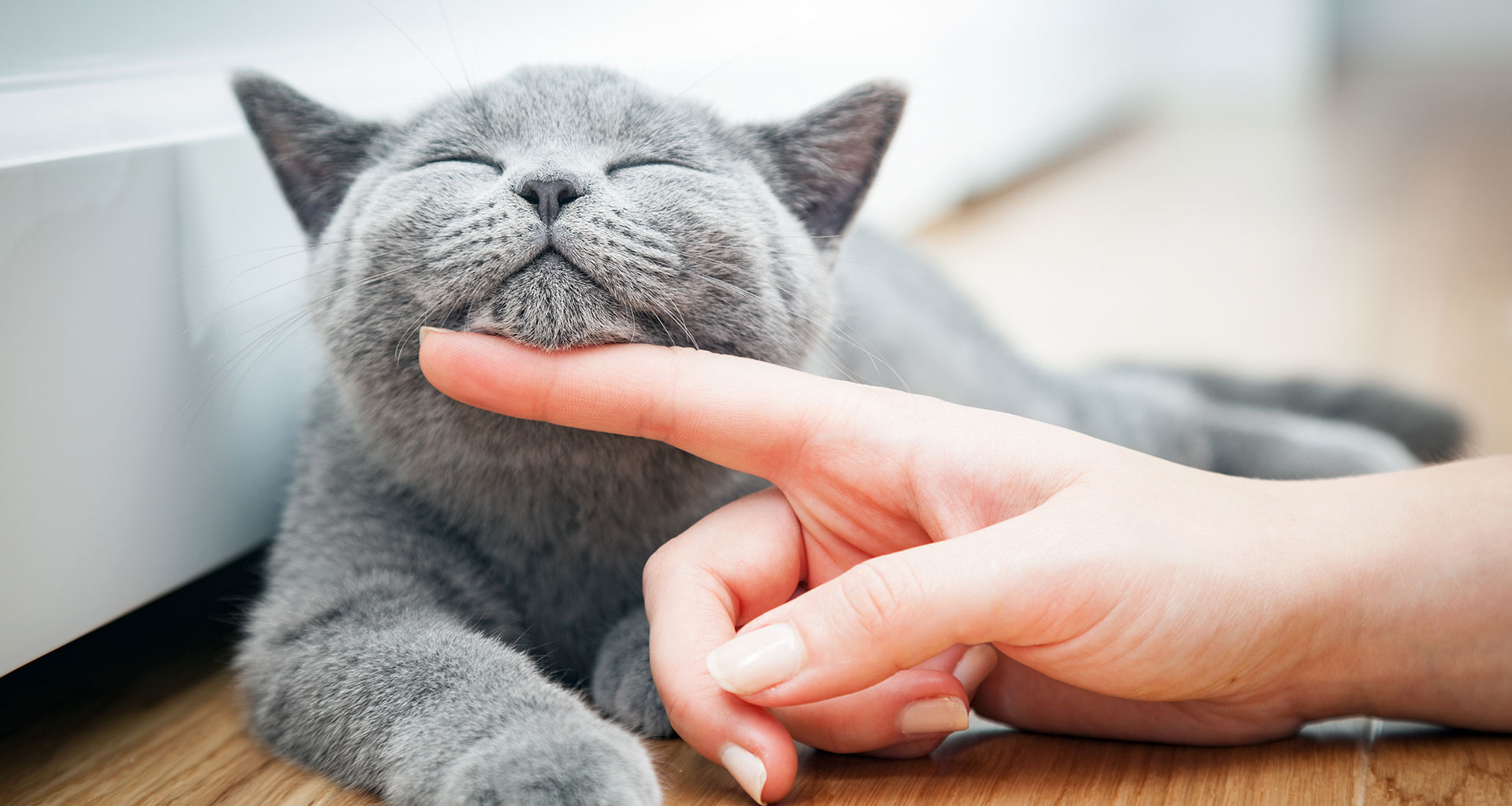What is Asthma?
Asthma is a chronic condition of the lungs. First, excess mucous forms, then the airway walls swell with inflammation and can actually ulcerate, and finally the airway muscles go into spasm, which leads to constriction. This leads to exercise intolerance, coughing and/or wheezing. Sometimes a chronic cough is the only symptom but an acute asthmatic crisis can arise at any time and can represent a life-threatening event. Feline asthma is similar to human asthma although we still don’t know all the mechanics behind it. The aim of treatment is to prevent or reduce airway constriction.
How is the diagnosis made?
Cats with asthma will be seen taking short, rapid breaths with increased effort. They may also have their mouths open. Chest x-rays (usually with light sedation) are required to confirm changes in the airways. Occasionally sampling of the cells of the airways is required which can determine if the asthma has an allergic component. Sometimes diagnostic tests leave room for question so a treatment trial is often recommended.
Treatment options
Cortisone (orally or injectable) is usually given to reduce inflammation in the airways. These medications are relatively inexpensive and a good response to them helps confirm the diagnosis. If the response to oral corticosteroids is good, they may be continued long term, however often these cats can be effectively managed with inhalants alone. This is preferable as although cats tolerate oral or injectable cortisones well, they can have potential side effects.
Ventolin is an over the counter inhaler that dilates the airways and can be used safely long term with extra doses for flare ups. Flixotide is a prescribed inhaler that contains cortisone to reduce inflammation in the airways. These inhalers are often used together and are discussed further below.
Occasionally other drugs are used such as antihistamines, cyclosporine or anti-serotonin medication.
Other management options
Minimizing irritants in the air is always helpful to an asthmatic cat.
- Do not allow cigarette smoke in the cat’s environment.
- Use dustless cat litter.
- Consider non-topical insecticides and avoid sprays.
- Avoid mouldy rooms.
IT IS IMPORTANT TO REALIZE THAT ASTHMA CAN CULMINATE IN A RESPIRATORY CRISIS THAT CAN BECOME LIFE-THREATENING IF IGNORED.
If your cat begins to breathe with an open mouth or if you see excessive abdominal movement during respiration and the cat is not purring, you may have an emergency situation. Contact your veterinarian immediately.
Asthma inhalers for cats?
Human asthmatics have enjoyed the benefits of portable inhalers for years. These handy devices deliver medication locally to the airways, thus minimizing drug side effects to the rest of the body while maximizing desired response.
Human pediatric spacers can be used for cats to help reduce the stress of application. The cat takes 7 to 10 breaths from the face mask to be properly dosed. Corticosteroid inhalers, of which Flixotide is the most popular, are typically used twice daily long term while airway dilator inhalers such as Ventolin are used for flare-ups.
Cats are generally started on a combination of oral prednisone and the metered dose inhaler and gradually maintained on only the metered dose inhaler.
Pediatric equipment is generally available from most human pharmacies, however, a device created specifically for feline use can be ordered. It comes with the spacer and an appropriately sized face mask. Your veterinarian will need to prescribe the metered dose inhaler usually from a regular human pharmacy.


